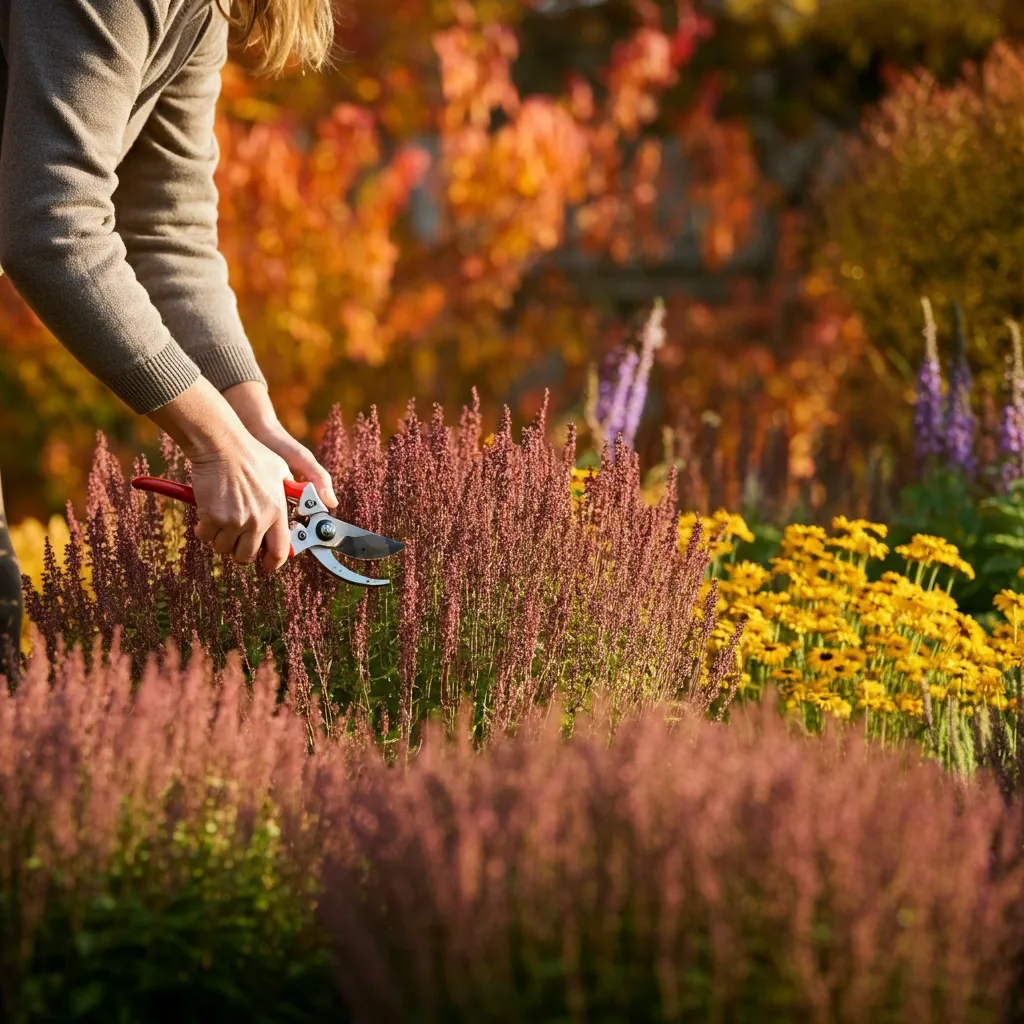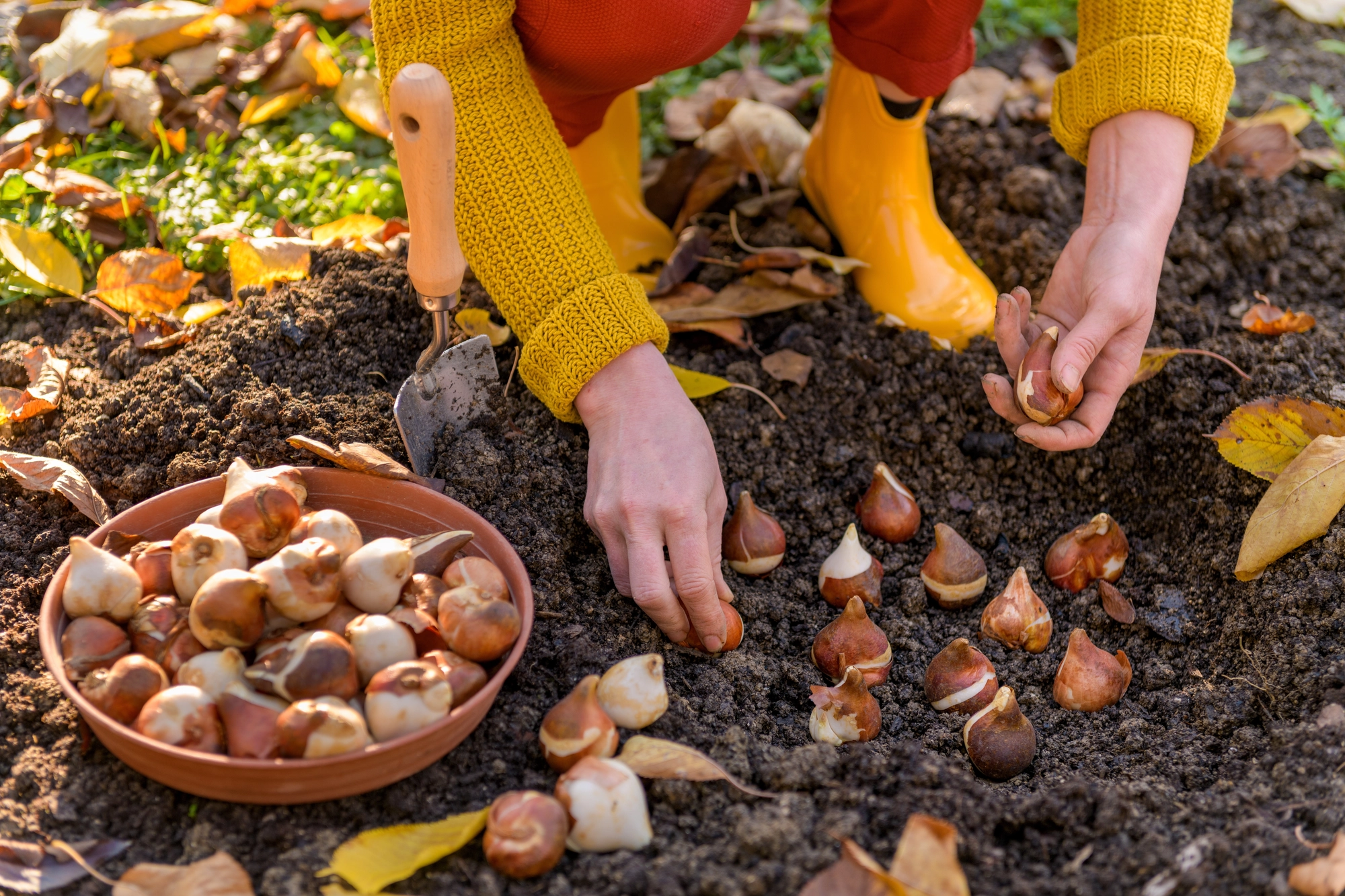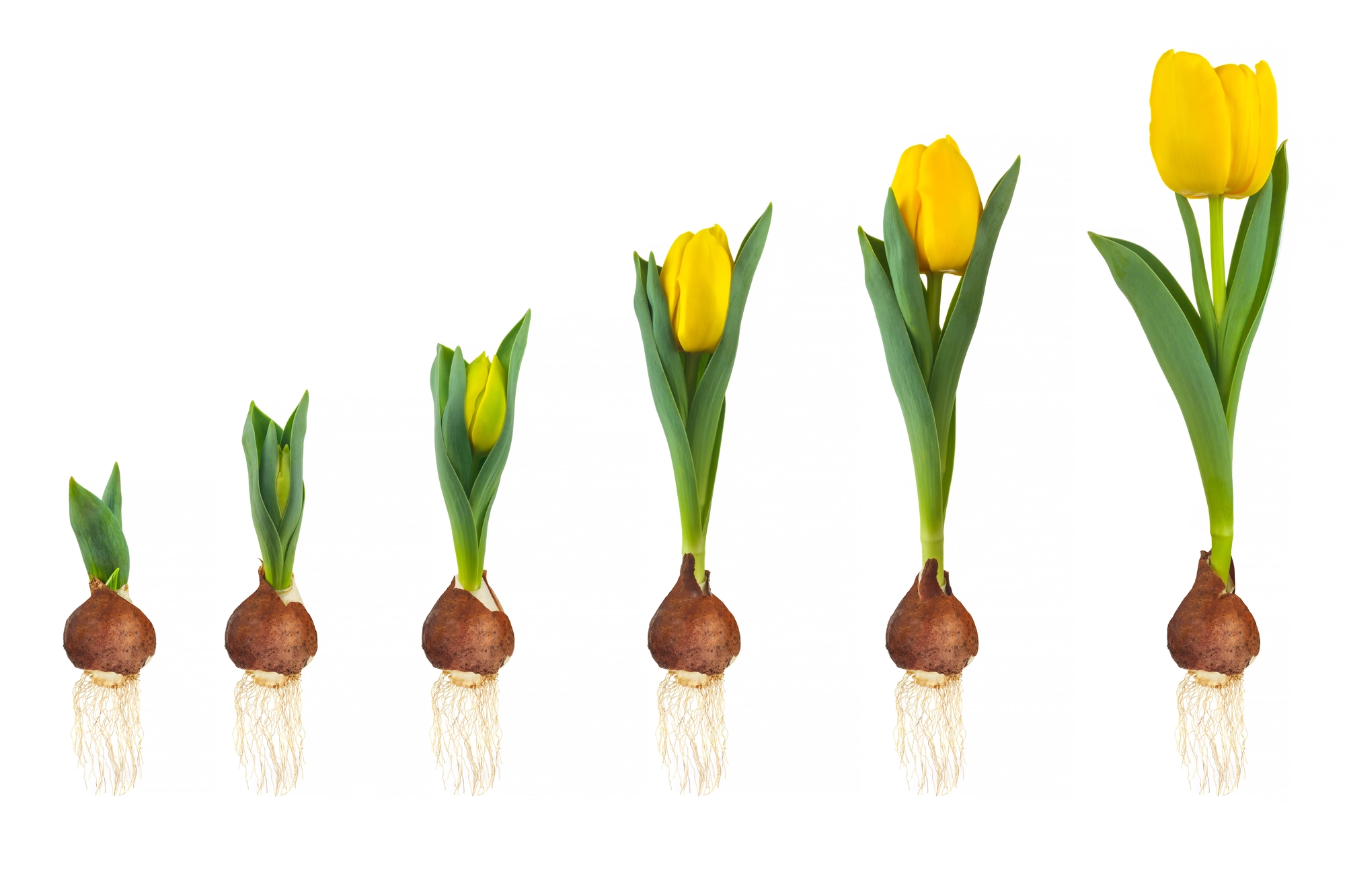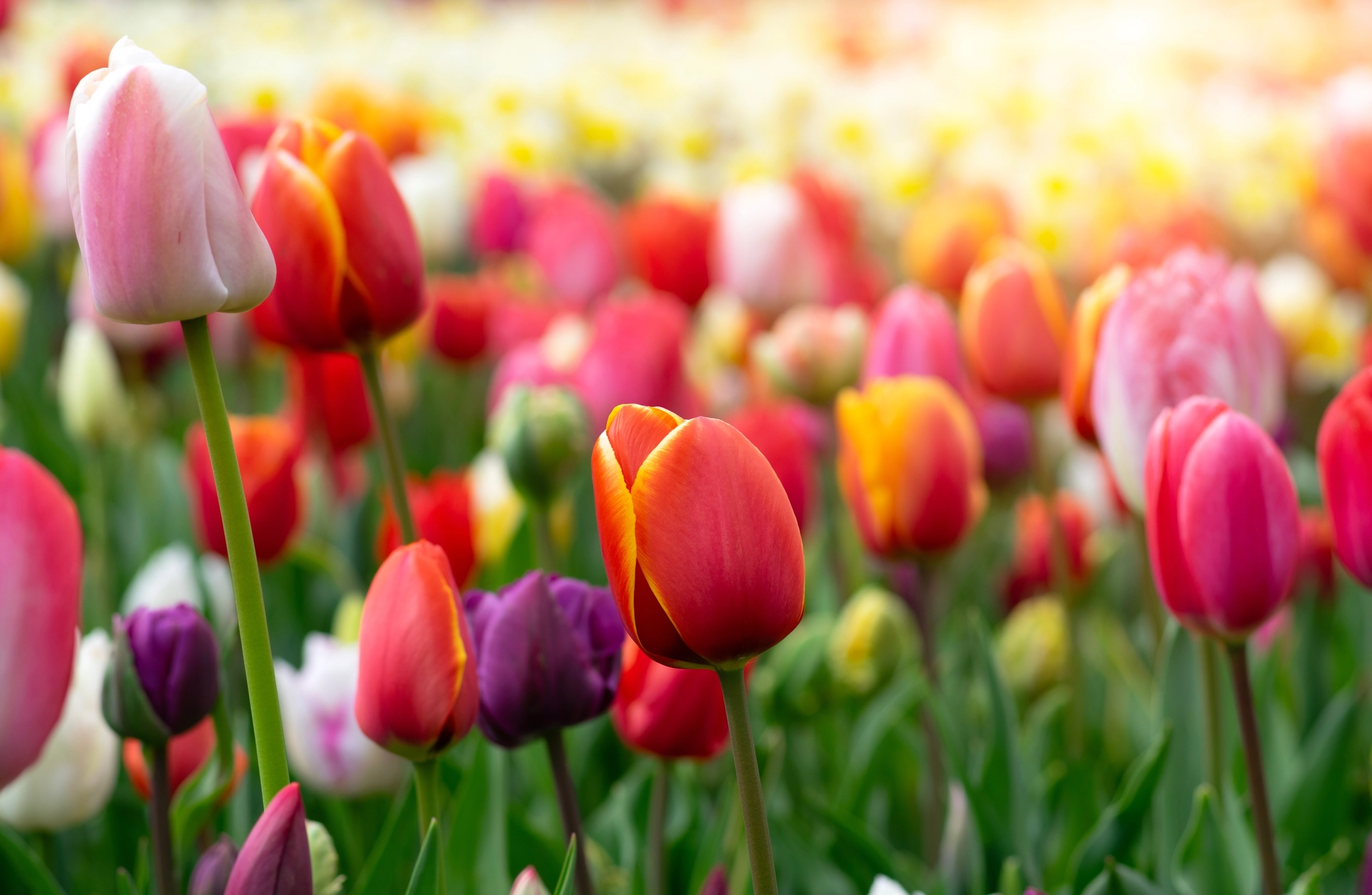Simple Steps for Stunning Spring Blooms
October brings a special kind of gardening magic—when smart preparation transforms ordinary gardens into neighbourhood showstoppers come spring. While many gardeners believe the growing season is winding down, experienced growers know this month offers the perfect conditions for establishing next year's spectacular displays.
The cooler temperatures and gentle autumn rains create ideal circumstances for root development, allowing plants to establish themselves thoroughly before winter dormancy. This preparation period is crucial for perennials and bulbs alike, setting the foundation for robust spring growth and abundant flowering.
Your efforts this month will pay extraordinary dividends when daffodils push through the soil and tulips unfurl their vibrant petals. The tasks ahead—cutting back spent perennials, planting spring bulbs, and creating winter structure—may seem simple, but their timing and execution can transform your garden from ordinary to outstanding.
Why October is Your Garden's Golden Hour
October's unique conditions make it gardening's equivalent of a perfect storm—in the best possible way. Soil temperatures remain warm enough to encourage root growth while air temperatures cool sufficiently to reduce plant stress. This combination allows newly planted bulbs and established perennials to focus energy on developing strong root systems rather than supporting leafy growth.
Research from the Royal Horticultural Society shows that bulbs planted in October have 40% better establishment rates compared to those planted in November or December. The reason lies in soil temperature: October soil typically maintains 10-15°C, optimal for root development, while still providing 12-16 weeks of growing time before hard frost arrives.
Autumn rainfall provides consistent moisture without the intense summer heat that can stress newly planted specimens. This natural irrigation system reduces your watering duties while ensuring plants receive steady hydration during their critical establishment period.
The Art of Cutting Back Perennials
Understanding which plants benefit from autumn pruning—and which should remain standing—separates novice gardeners from seasoned experts. The decision impacts not only spring performance but winter garden appeal and wildlife support.
Which Plants to Cut and When
Most herbaceous perennials signal their readiness for cutting through visual cues. Once foliage has yellowed and begun flopping over naturally, it's safe to proceed with pruning. This natural die-back indicates the plant has withdrawn nutrients from leaves back to roots for winter storage.
Cut stems to 2-3 inches above ground level using clean, sharp secateurs. This height protects the crown from frost damage while removing enough material to eliminate pest hiding spots. Leaving this small stubble also helps you locate plants during winter dormancy.
Hostas benefit tremendously from autumn cutting once their leaves turn yellow and mushy. These dying leaves can harbour slug eggs, so removing them reduces pest pressure for the following season. Hardy geraniums, delphiniums, and astilbe respond similarly well to autumn pruning.
The Beautiful Exceptions: Plants to Leave Standing
Some perennials offer more value standing than cut down. Echinacea (coneflowers) develops distinctive seed heads that provide architectural interest throughout winter months. When touched with frost, these skeletal structures create stunning garden sculptures that rival expensive ornamental features.
Sedums transform into bronze and copper masterpieces as temperatures drop. Their sturdy stems and flower heads maintain structure through harsh weather while providing essential food sources for overwintering insects and late-season pollinators.
Ornamental grasses deserve special mention for their winter performance. Varieties like fountain grass and feather reed grass develop ethereal, wheat-coloured plumes that dance gracefully in winter winds. These grass seed heads also attract goldfinches, greenfinches, and other birds seeking nutritious seeds.
Spring Bulb Planting: Your Future Self Will Thank You
October represents the sweet spot for spring bulb planting across the UK. Soil conditions remain workable while temperatures allow proper root establishment before winter dormancy begins.
Choosing the Perfect Bulbs for UK Gardens
Reliable performers like daffodils, tulips, crocuses, and alliums thrive in British conditions when planted during October. Daffodils particularly excel at naturalising, spreading gradually to create impressive spring carpets that return year after year with minimal intervention.
Tulips offer unmatched colour variety but often perform best when treated as annuals in areas with wet winters. Plant them in well-draining locations or raised beds for optimal longevity. Darwin hybrids and Single Early varieties demonstrate good perennial characteristics in UK gardens.
Crocuses provide essential early nectar for emerging bees and create cheerful ground-level displays. Plant them in drifts beneath deciduous trees where they can complete their growing cycle before leaf canopy fully develops.
Alliums bridge the gap between spring bulbs and summer perennials, offering distinctive spherical flower heads that complement both seasons. Purple Sensation and Hollandicum varieties work particularly well in UK cottage garden settings.
Planting Techniques for Maximum Impact
The "three times deep" rule provides reliable planting guidance: dig holes three times deeper than the bulb's height. A 5cm daffodil bulb requires a 15cm deep hole, ensuring adequate soil insulation while preventing premature emergence during warm winter spells.
Space bulbs appropriately to avoid overcrowding as they multiply. Large bulbs like daffodils need 10-15cm spacing, while smaller crocus bulbs can be planted 5-8cm apart. Plant bulbs in irregular clusters rather than formal rows for natural-looking displays.
Improve drainage in heavy clay soils by adding horticultural grit to planting holes. This prevents bulb rot during wet winter periods and improves long-term establishment success. Well-rotted compost mixed into backfill soil provides gentle nutrient release for spring growth.
Consider succession planting different varieties with staggered bloom times. Early crocuses followed by daffodils and late tulips extends flowering season from February through May, maximising garden interest and pollinator support.
Creating Winter Interest While Planning for Spring
October's garden tasks serve dual purposes: immediate visual improvement and long-term spring preparation. This approach maximises your gardening investment while maintaining year-round garden appeal.
Proper autumn cleanup prevents common spring problems before they develop. Removing diseased foliage eliminates overwintering pathogen sources, while clearing slug hiding spots reduces spring damage to emerging shoots. However, balance tidiness with wildlife needs by maintaining some natural shelter areas.
Winter garden structure becomes crucial once perennials disappear underground. Evergreen shrubs, ornamental trees, and architectural plants provide visual anchors during dormant months. Box hedging, holly specimens, and winter-flowering heathers ensure your garden maintains interest beyond spring bulb season.
Document your autumn efforts with photographs and notes. Record bulb planting locations, varieties chosen, and spacing used. This information proves invaluable for evaluating spring results and planning future improvements. Many successful gardeners maintain seasonal journals tracking what works best in their specific conditions.
Your October Garden Transformation Starts Now
October gardening delivers exceptional returns on modest investments of time and effort. The perennials you cut back today will emerge stronger next spring, while bulbs planted this weekend will reward you with months of colour and fragrance.
Start with manageable sections if the entire garden feels overwhelming. Complete one flower bed thoroughly before moving to the next area. This approach ensures quality results while maintaining momentum throughout the month.
Your future self will appreciate every tulip planted and every perennial properly prepared. These autumn efforts create anticipation that sustains gardeners through winter months—the excitement of knowing spectacular displays await just beneath the surface.
Step outside this weekend and begin your October garden transformation. The magic starts with a single bulb, one cut-back perennial, and your vision of spring possibilities. Your garden's most beautiful chapter is about to unfold.
















Community Feedback